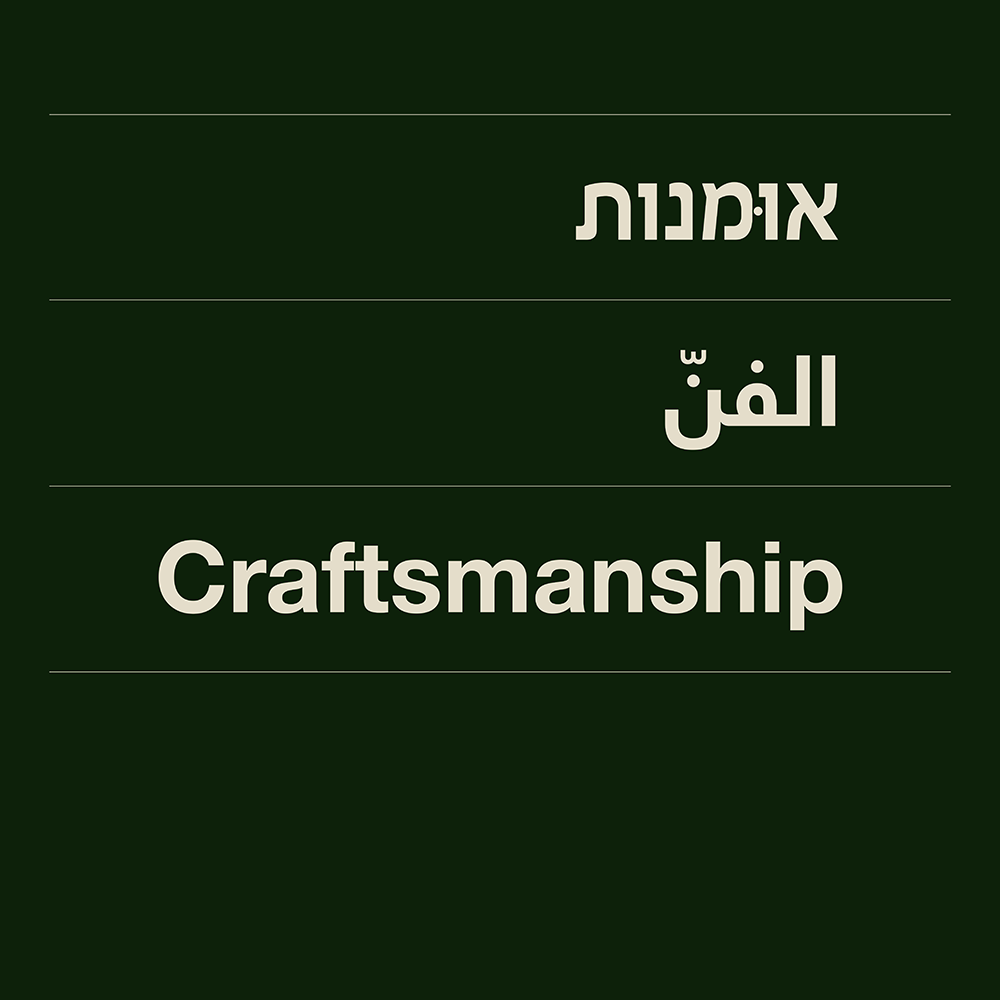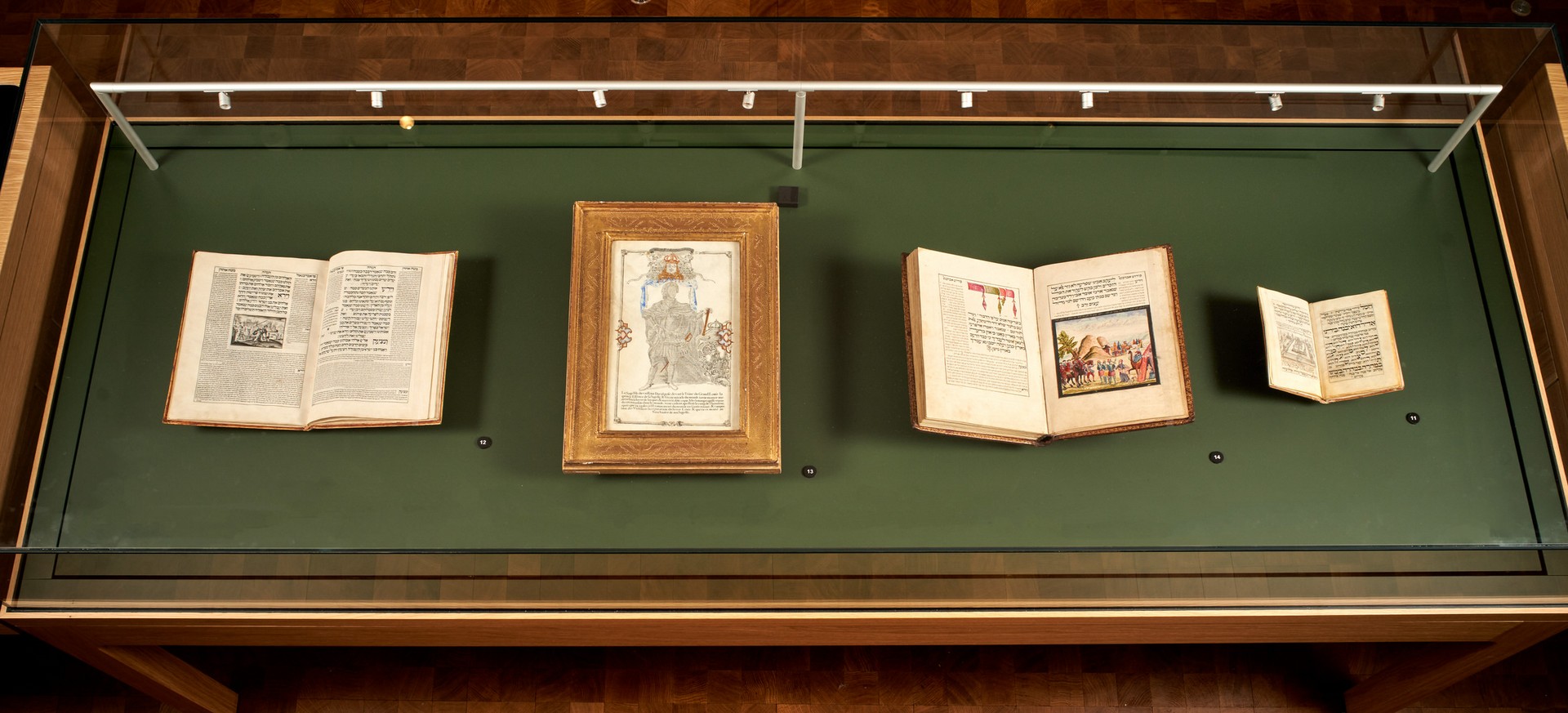
These four manuscripts represent the renaissance of Hebrew manuscript production in Central Europe. In 1712, patrons began commissioning scribes to copy manuscripts, imitating the script and illustrations of contemporary printed books.
A small Haggadah held by the National Library of Israel (no. 11) is an early work of the accomplished Viennese scribe
Meshullam Zimmel ben Moses of Polna. It has delicate illustrations emulating copper engravings.
A Haggadah in the Braginsky Collection (no. 12) copied by Aaron Wolf Herlingen represents the pinnacle of his mastery.
He identifies himself on the title page in four languages. Most illustrations are pen-and-ink drawings, among which a map of the Holy Land.
The Braginsky collection contains four micrographic portraits penned by Herlingen in Latin characters in the 1740s and early 1750s, representing David, Solomon and Louis XV (in French, no. 13). These may have been for non-Jewish patrons or for Jewish patrons as gifts for non-Jewish rulers.
Herlingen's technique remains a mystery.
A lavish Haggadah in the Braginsky Collection (no. 14) is signed by Joseph ben David of Leipnik. His illustrations were innovative, featuring new themes and an unconventional palette. The Braginsky Leipnik Haggadah is similar to his other manuscripts of this period, inspired by the Amsterdam's illustrated printed Haggadot of 1695 and 1712.
Eighteenth-century Jewish scribes adapted typical Jewish techniques such as micrography for a new, non-Jewish market as bibliophiles became interested in Jewish texts.
Wealthy Jewish bibliophiles became fascinated by books as art objects as they drifted ever further from their contents.
